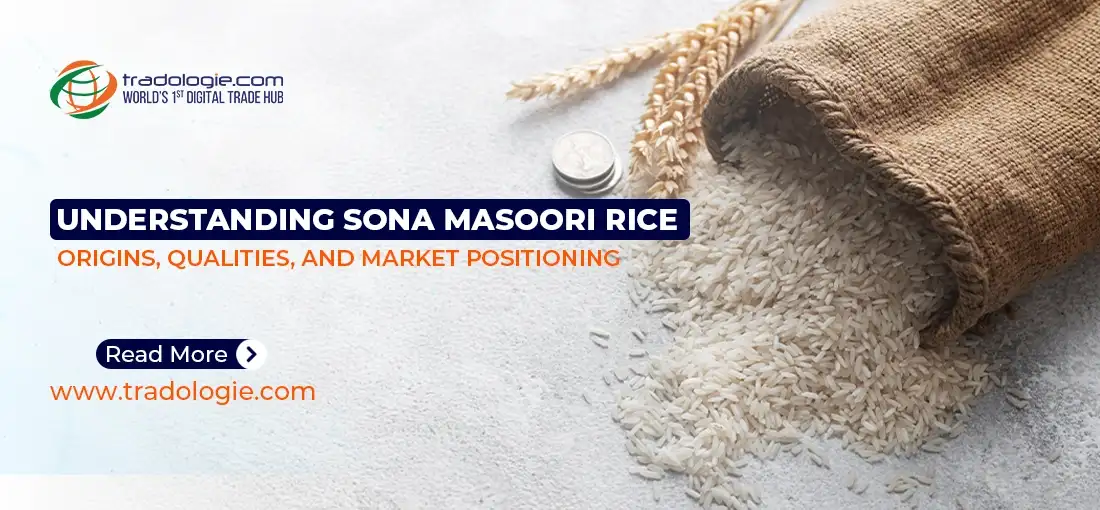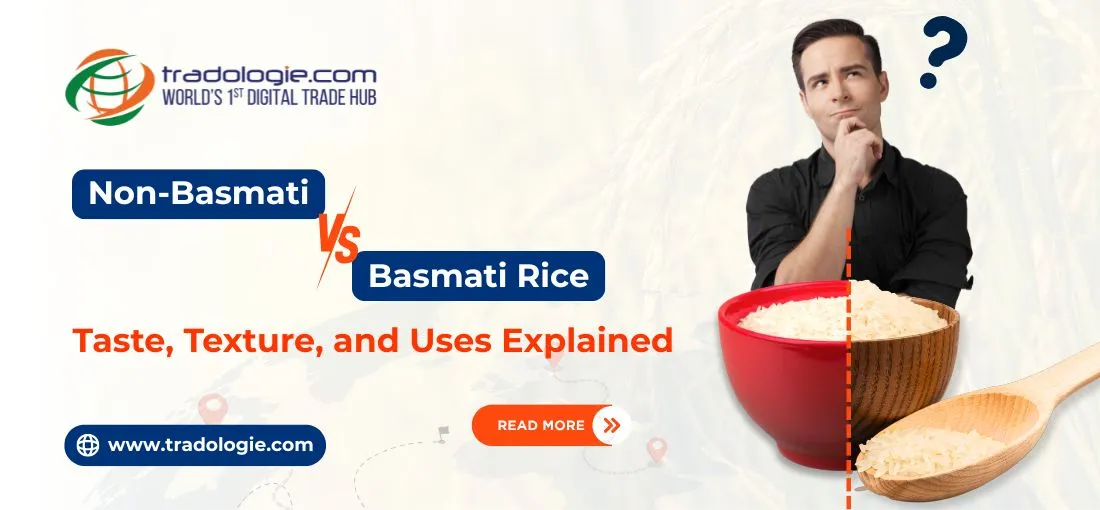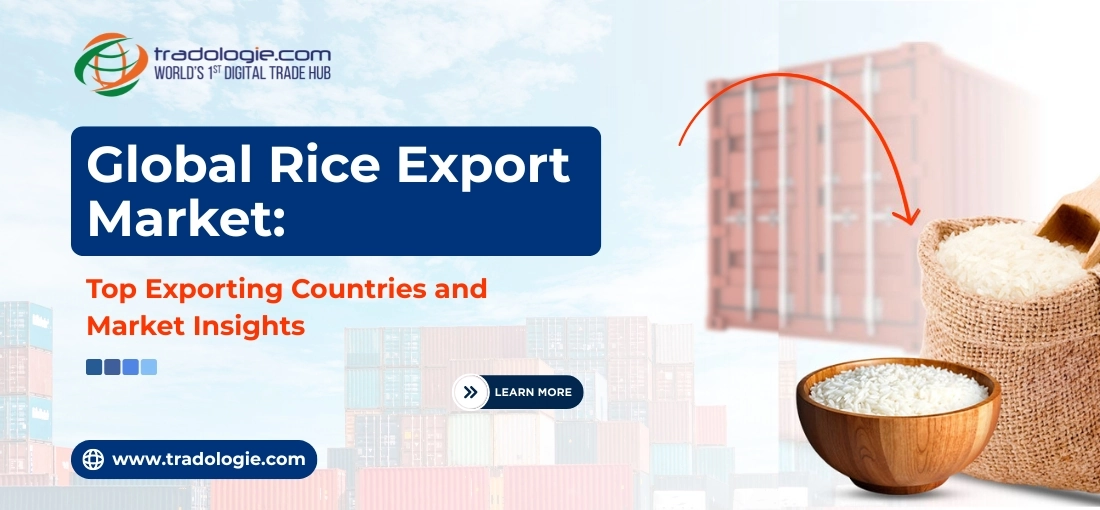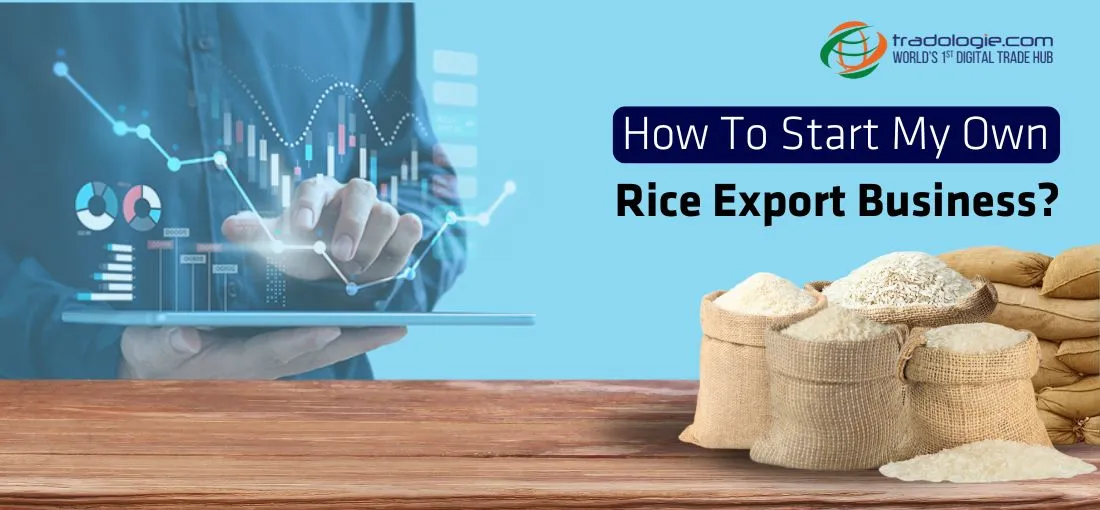The Importance of Sustainable Practices in Rice Farming
Rice is one of the most commercially significant food commodities, with a global consumption of around 523.8 million metric tons in 2025. It is not merely a food grain but a strategic trade asset for stakeholders across the value chain, like traders, millers, bulk rice exporters, procurement houses, and institutional buyers. Climate-linked production risks and evolving ESG mandates from multinational buyers, sustainability in rice cultivation is no longer a peripheral consideration; it is central to long-term trade continuity and compliance.
Environmental Pressures Are Driving Structural Shifts in Production
Rice cultivation is inherently resource-intensive. It accounts for nearly 30% of the world's freshwater withdrawal for agriculture and emits substantial methane levels, a greenhouse gas far more potent than CO₂. This poses a serious concern for bulk rice buyers in the EU, North America, and Asia Pacific, where environmental compliance is gradually becoming important in their procurement protocols.
Importers, particularly in the EU bloc, increasingly align sourcing strategies with the Carbon Border Adjustment Mechanism (CBAM) and deforestation-free supply chain regulations. For exporters, origin traceability, documentation of sustainable cultivation practices, and field-level assurance are no longer optional—they are baseline trade enablers.
Bulk Rice Buyers Are Revising Supplier Benchmarks
Large-scale food manufacturers, supermarket chains, and HORECA distributors are now prioritising rice suppliers that can meet sustainability-linked procurement frameworks. These frameworks demand adherence to sustainable water use, limited synthetic input reliance, biodiversity conservation, and reduced GHG emissions per tonne of output.
This translates into structured supplier evaluations, audit-based vendor onboarding, and long-term supply contracts tied to sustainability performance metrics. Traders operating in conventional zones—such as India, Vietnam, Thailand, and Pakistan—must now demonstrate process alignment with these benchmarks or risk being edged out by compliant operators.
Role of Certification in Enhancing Trade Credibility
Third-party certification schemes such as the Sustainable Rice Platform (SRP), Global GAP, and Rainforest Alliance are becoming trade differentiators. Certified rice offers supply chain assurance without increasing operational due diligence costs for bulk rice buyers executing long-term volume contracts or institutional tenders.
Bulk rice exporters integrating such certifications into their procurement and processing systems are gaining strategic advantages—access to high-margin markets, fewer export rejections, and preference for tenders floated by government-backed agencies and development finance institutions. For instance, SRP-certified rice from Southeast Asia has secured contracts with EU-based commodity buyers focusing on retail chains with green labelling requirements.
Input Efficiency: A Commercial Mandate, Not Just Environmental
Fertiliser prices have seen significant volatility post-2021, driven by disruptions to the Black Sea supply corridor and tightening global phosphate trade. For rice cultivators and exporters, overusing urea and other nitrogen-based inputs not only undermines soil health but also weakens the crop's medium-term economic viability.
Transitioning to precision farming, site-specific nutrient application, and integrated pest management (IPM) has shown quantifiable cost savings at the production level—up to 15% reduction in input costs and higher yield consistency. From a trade standpoint, this improves contract fulfilment capability and reduces rejections linked to residue levels or inconsistent milling quality.
Water Governance Is Emerging as a Compliance Metric
Exporters operating from water-stressed regions—such as Punjab (India), Central Thailand, or the Mekong Delta—might, in the long run, face challenges due to unsustainable water use in paddy cultivation. Major procurement companies, especially those backed by ESG investors, are requesting water footprint disclosures for bulk rice consignments.
To mitigate trade disruption risks, exporters are adopting alternate wetting and drying (AWD) techniques, which reduce water usage by up to 30% without compromising yield. The trade implication is that buyers are more inclined to sign forward contracts with suppliers that integrate water efficiency measures and can demonstrate compliance through digital farm-level monitoring systems.
Data-Driven Traceability: From Farm to Port
Digitalisation in rice farming, particularly through satellite imagery, IoT-based soil sensors, and mobile-based traceability apps, will gradually strengthen supply chain integrity. Buyers in developed countries' markets might increasingly ask for lot-wise traceability, from seed procurement to post-harvest handling, to ensure origin assurance and reduce the risk of contamination or unethical practices.
From a trade facilitation lens, this digital shift might allow exporters to offer real-time client updates, fast-track phytosanitary clearances, and streamline documentation needed for non-tariff barrier compliance. Platforms integrating farm data with logistics and warehousing solutions will show reduced lead times in rice exports from Asia to the Middle East and EU markets. However, these aspects are a future and might take time to integrate globally.
Strategic Alignment with Global Financing and Trade Ecosystems
Development banks and multilateral institutions are beginning to link trade finance eligibility with sustainability metrics. Sustainable cultivation practices and documented traceability are increasingly part of credit assessments for bulk rice exporters seeking pre-shipment or working capital lines from DFIs or ESG-focused lenders.
The bilateral trade agreements, such as the EU-Vietnam Free Trade Agreement (EVFTA) and the UK-India Enhanced Trade Partnership, now also include sustainability provisions that affect agro-commodity trade flows. Failure to align could result in tariffs, entry barriers, or exclusion from preferential treatment lists.
Conclusion
For rice traders, exporters, and B2B buyers, sustainability in farming is not a CSR add-on but a trade imperative. It impacts regulatory compliance, supplier selection, market access, cost efficiency, and financing eligibility. Operators who integrate sustainable practices at the field level and align with international standards are positioning themselves for short-term shipments and long-term relevance in the global rice trade ecosystem.
Ignoring sustainability is no longer a risk—it's a liability in an increasingly standardised, compliance-driven agro-commodity trade landscape.

.webp)



